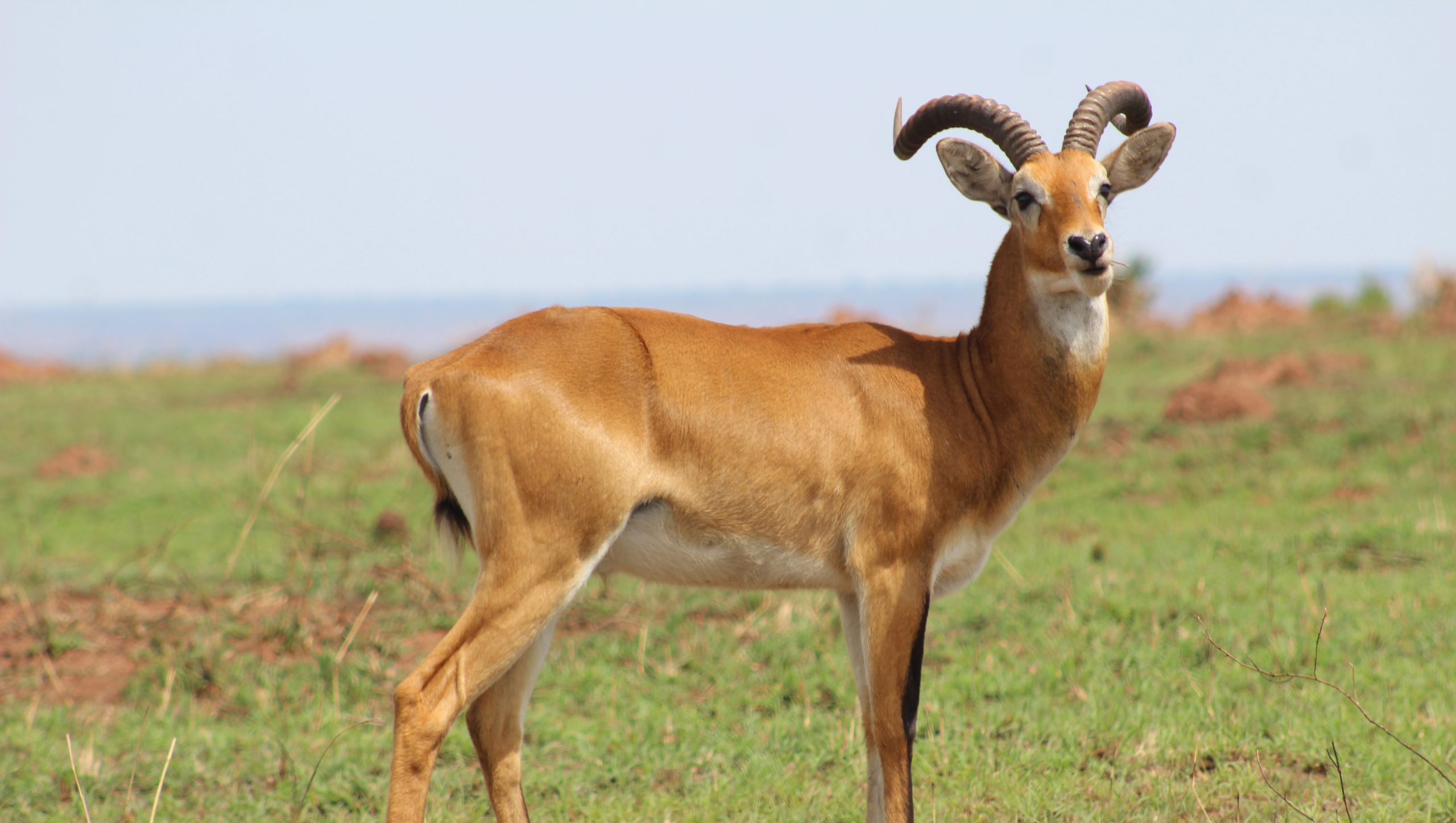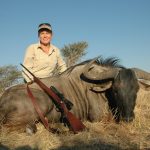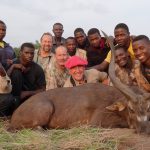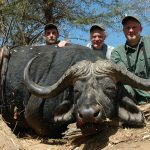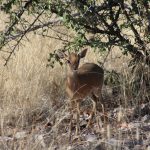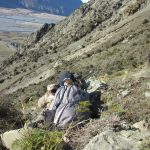Tips for judging African plains game.
Judging animals is more art than science. It takes experience, and that means, in unfamiliar circumstances, none of us can be particularly accurate. Ease or difficulty depends largely on the animal. Lacking horns, antlers, or tusks, all predators are tough to judge, and calls are based on body and head shape, even attitude. Sheep aren’t so bad, offering curl and mass. Goats are tougher, especially the varieties with straighter horns. Antlered animals are the easiest; we can count points and estimate spread and mass. African plains game, myriad antelopes of various sizes and horn shapes, is probably the most difficult of all: Simple, unadorned horns offer the least for comparison and, in the early stages of one’s African experience, all are bewilderingly unfamiliar.
Wildebeest are easy: like buffalo, they offer us spread, shape, and mass. Hartebeest aren’t as tough as they appear; you look at mass and horn length between the turns. More importantly, however, look for long and preferably parallel tips behind the last turn. All spiral horns are trickier than at first glance, because so much depends on width and depth of the turns. These, plus shape, are important and, depending on species, length and direction of tips above the last turn often reveal maturity. Gazelles and springboks aren’t easy, but their horns have shape and, on all smaller varieties, we have ear and facial lengths for comparison.
Most difficult of all are straight-horned antelopes without shape, curve, or feature. These include the many pygmy antelopes and, at the larger end, the oryxes. In a good example of “less is more,” the smallest antelopes are fairly easy because horns can be judged against ear length. The bigger they are, the more difficult: steenbok and vaal rhebok are harder to judge than duikers, grysbok, and dik-diks, but the several oryxes are the devil: both sexes have horns, and differences in horn mass between males and females are subtle. At first, they all look long. If you can find me a PH who claims to have never made a mistake on an oryx, I’m gonna call BS.
Then there’s a large group of antelopes with distinctively curved horns. Straighter horns are taller and appear longer, but a lot of invisible length is hidden in the curve, harder to see and harder to judge. Some of these animals are closely related, such as the kobs, lechwes, reedbucks, and waterbucks. Others, such as impalas, sables, and roans, are of different genera, but judging the curve is critical to the decision.
In a few hundred words I don’t pretend I can offer proficiency (nor do I claim to possess same). This is your PH’s job; he sees these animals every day, making and verifying judgments and, always, getting better with experience. It’s useful to study pictures and film, and the various records books. Mind you, I am not record-book-centric; the idea is to take mature animals. The best advice I can offer on any safari is: “Listen to your PH.” However, it’s useful to know what he’s looking for. And why he so quickly discounts an animal that looks just wonderful to you. In the field, looking at live animals, you’ll be surprised how quickly you catch on.
Impalas: With its lyre-shaped horns, the impala is probably Africa’s most recognizable antelope. The impala’s horns grow out, curve back, and then turn upward. The curve is important and width matters greatly, but what your PH is really looking for is tips that are straight, upright, and parallel, and as long as possible. No indicators are consistent, but parallel tips are usually a mark of maturity, while inward-pointing tips suggest an animal that can grow a bit more.
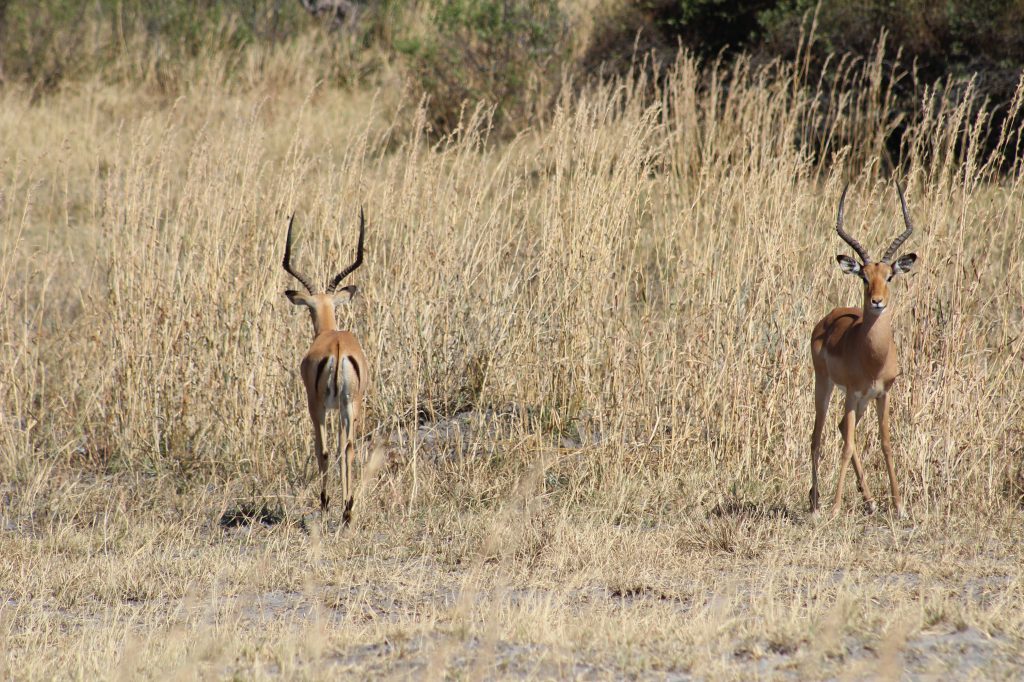
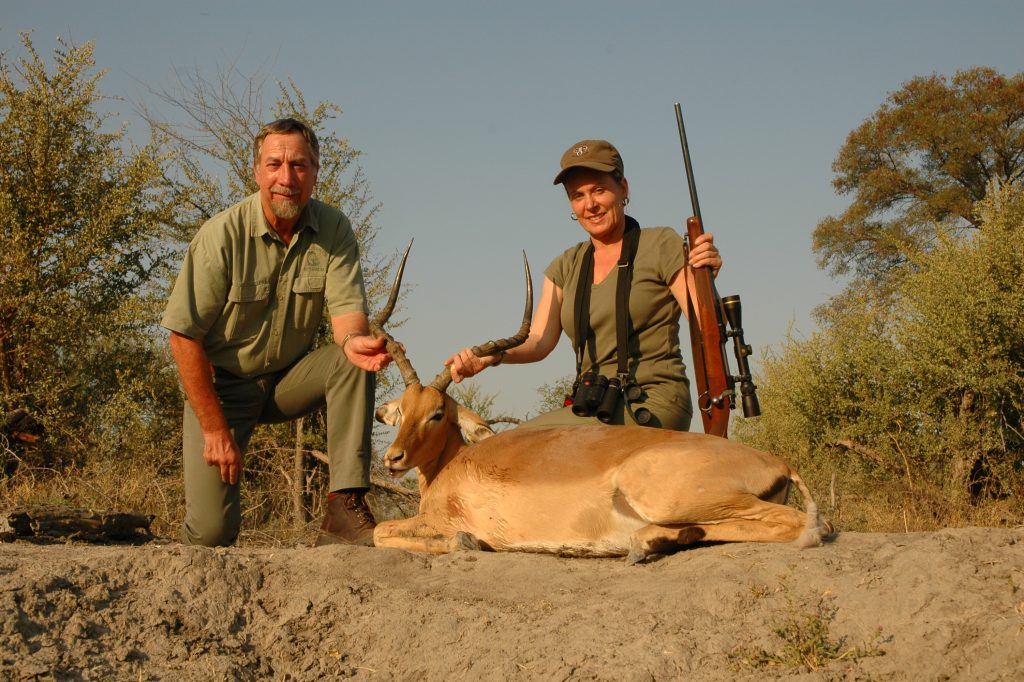
Kobs: The several kobs range from Zambia (puku or Vardon’s kob) discontinuously north to the Uganda kob (largest), and then progressively smaller all the way to West Africa. At first glance, a kob looks like an overgrown impala, larger in body with thicker horns of similar shape. Often, they replace the impala as the most common medium antelope, but prefer wetter, grassier habitat. With kobs, length is truly “all in the curve.” You want the initial curve to be outside the ears. Like impala, the tips rise upward from a second turn but with kob the tips conclude with a forward flip, and this final curve is often what separates good from great.
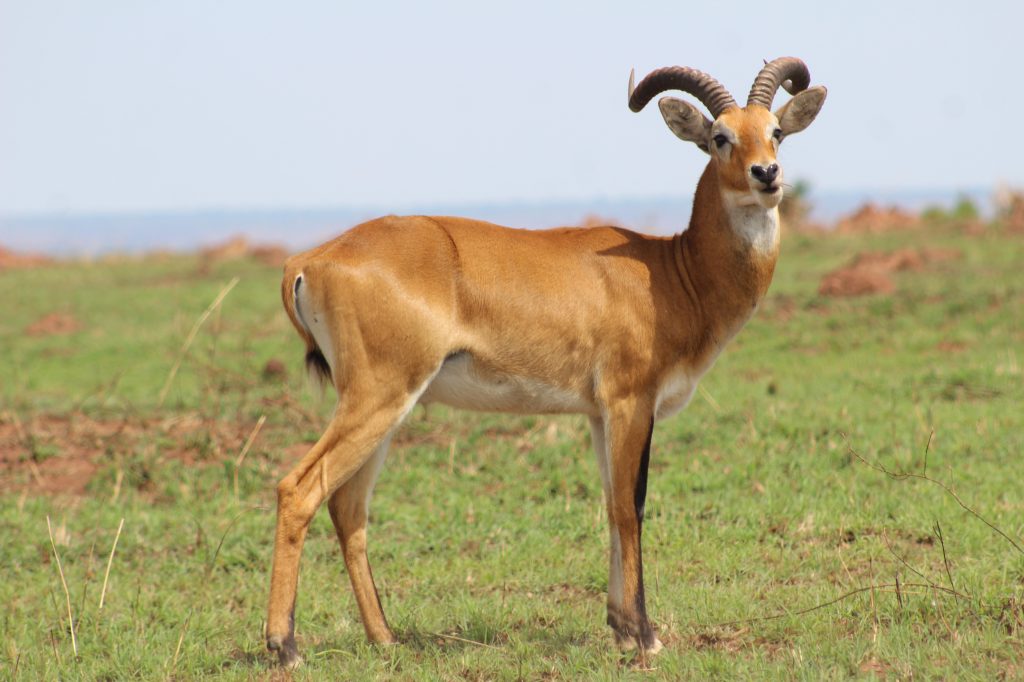
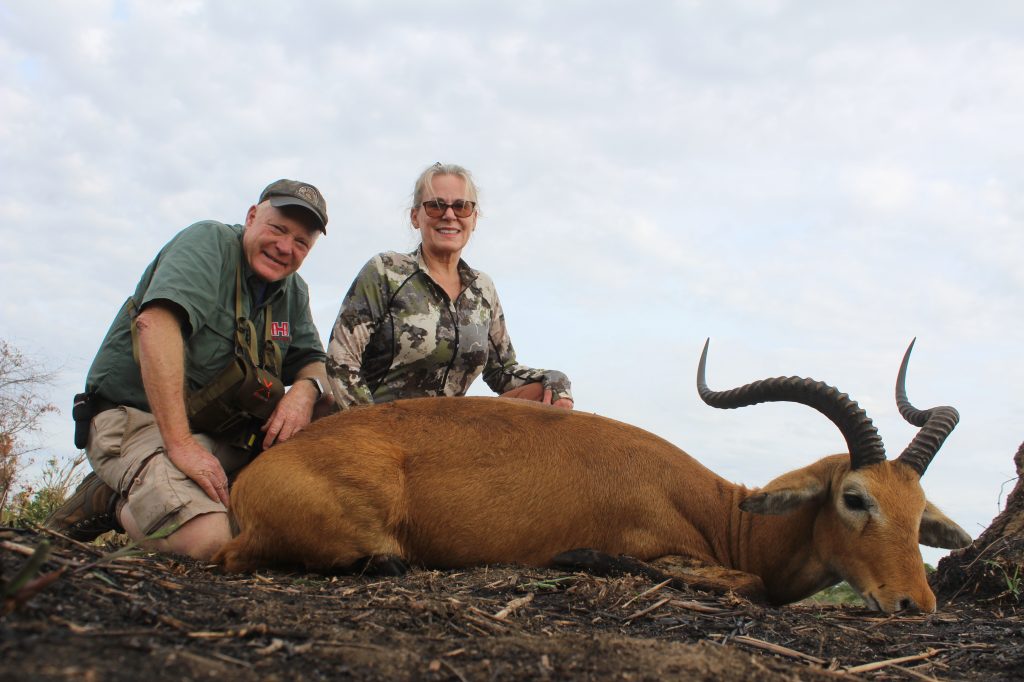
Lechwes: Although more aquatic in habitat, the lechwe is essentially an overgrown kob. Three races of kob occur naturally from Namibia’s Caprivi up through Zambia, with the fourth (Nile lechwe) far to the north in the Great Sud swamps of Sudan. The lechwe is a robust animal with thick bases and longer horns than the kobs produce. Horn configuration is similar, but the curves are subtler, and the forward flip of the horn-tips is essential for both maturity and length.
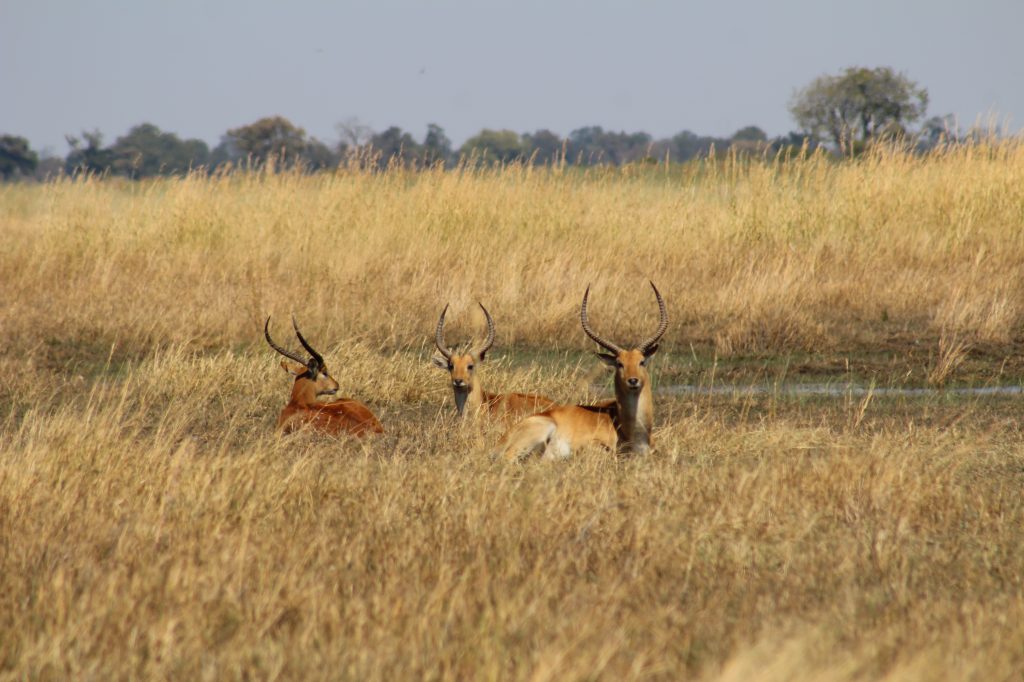
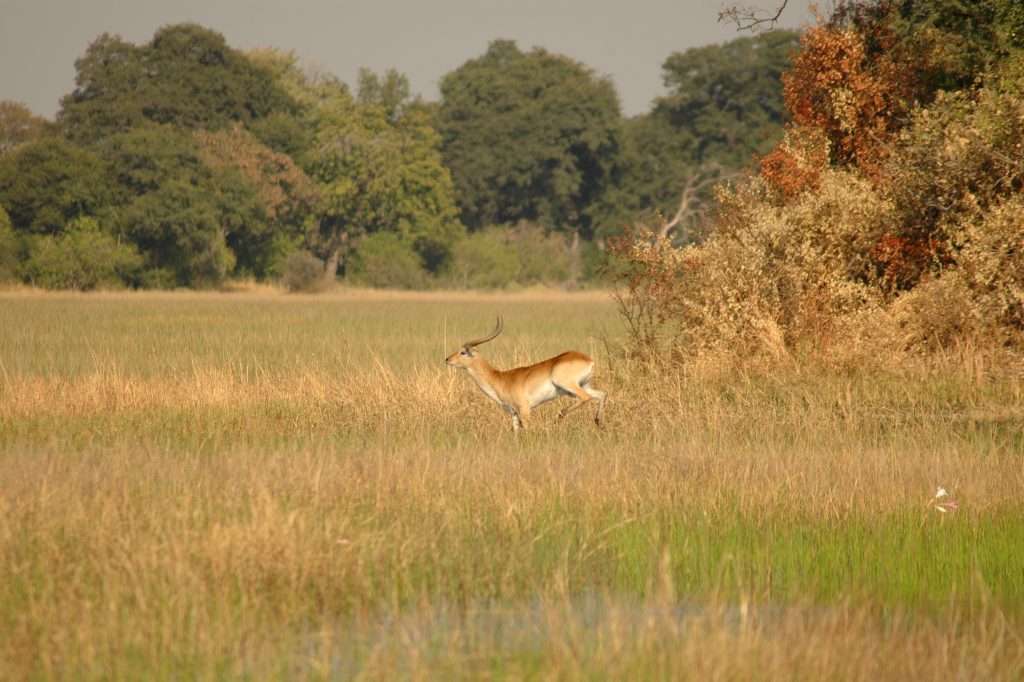
Reedbucks: As the name implies, the reedbucks are creatures of well-watered grassy plains and pockets. Smallest are the mountain reedbucks, then the several bohor reedbucks, with the common reedbuck the largest with the longest horns. All reedbucks have a bulbous horn base that is incipient horn, hard to see and useless to judge because it will be boiled away in trophy preparation. Mountain and bohor reedbucks have short horns that curve up and back, then tip forward. The mountain and bohor reedbucks are much easier to judge, because the horns can be easily judged against the ears.
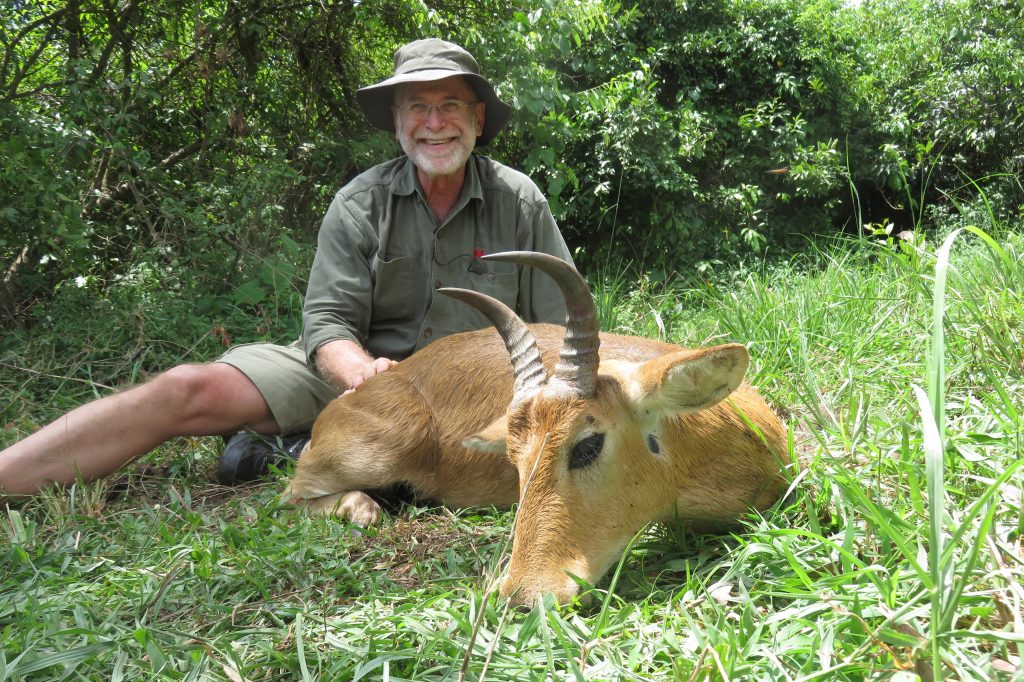
Common reedbucks are twice as large, with twice the horn length, but have wider horns that often grow outward at nearly a 45-degree angle. This is deceptive. For best length you want the tips to curve forward. Again, it’s all in the curve. Blunt, worn tips are an indicator of maturity, but, as with many antelopes, as they age, tip wear often exceeds growth so, regrettably, the oldest reedbucks are often not those with the longest horns.
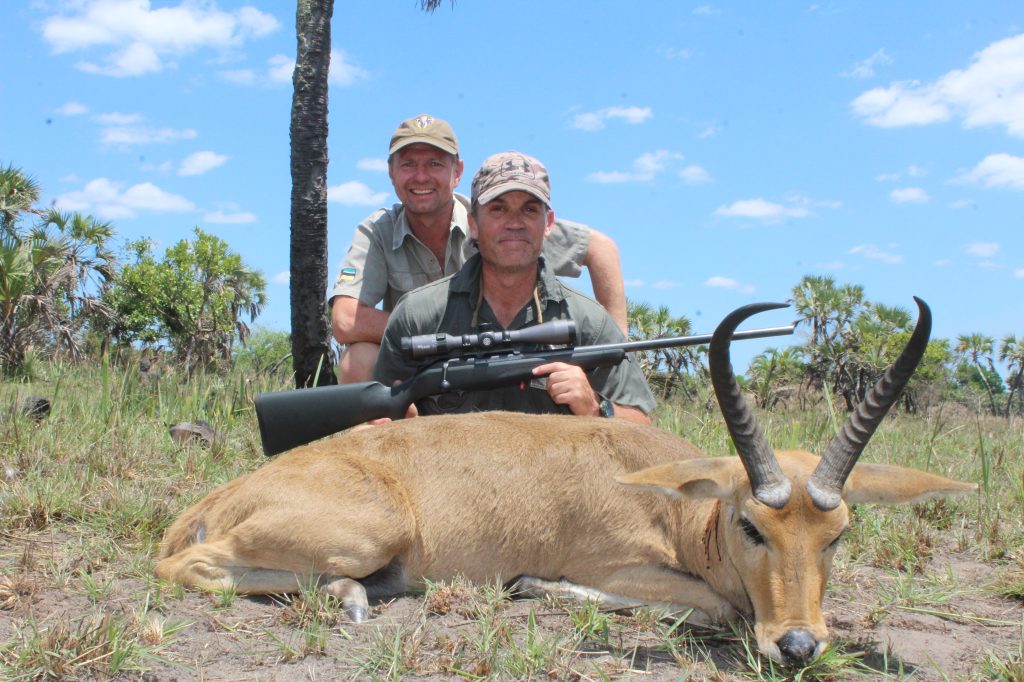
Sables and roans: These animals are closely related, with thick (gorgeous) horns that rise up and immediately curve back into sharp tips that these animals know how to use. The roan is larger in body with shorter, thicker horns: Roan antelopes are “shootable” in the mid-twenty-inch class; sables about ten inches more. Thirty inches is the Holy Grail for a fantastic roan; forty inches is the magic number for sable. Judging this length is the hard part. It’s all in the curve, and the curve varies tremendously. In both species, some animals have a very pronounced “C” configuration, with the horn tips curving down toward the back. Other individuals have horn tips that grow back, almost parallel with the spine, and some horns tip out, offering a bit of bonus in the curve.
Greater length usually comes from horns that sweep back, but these animals are difficult to judge because it also depends on the angle of the initial curve: How high the horns rise before they start to curve back. Unlike all other antelopes discussed so far, the sable-roan group is made more difficult because both males and females have similar horns. Female horns are thinner and usually shorter, but a herd looks like a forest of similar horns. Thickness is subtle, but a dominant bull will stand out in body size, and will typically be slightly apart from the group.
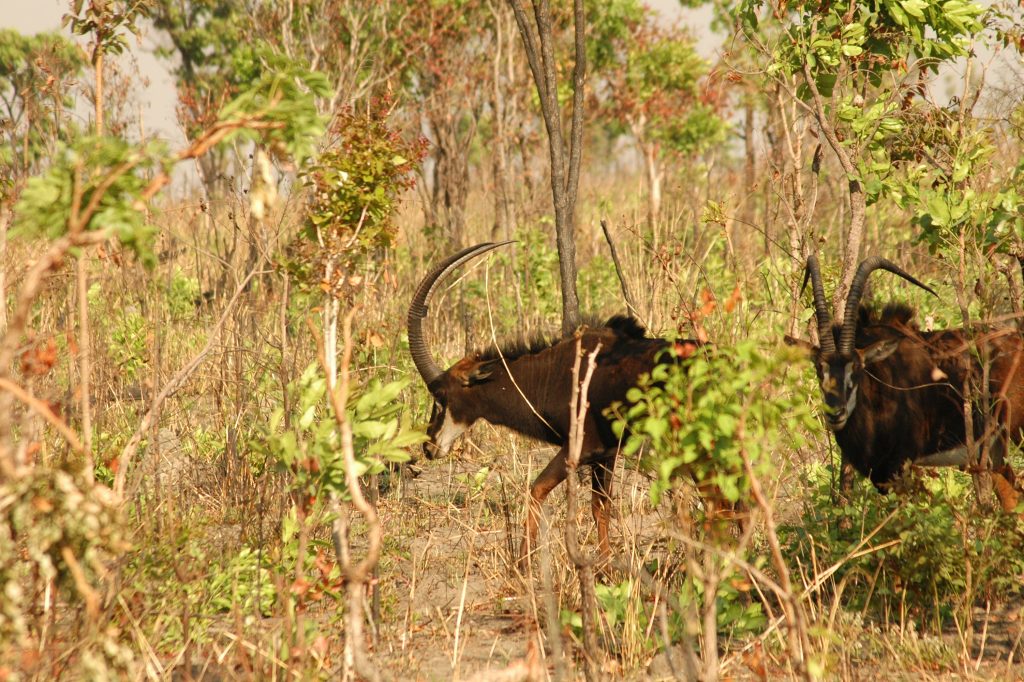
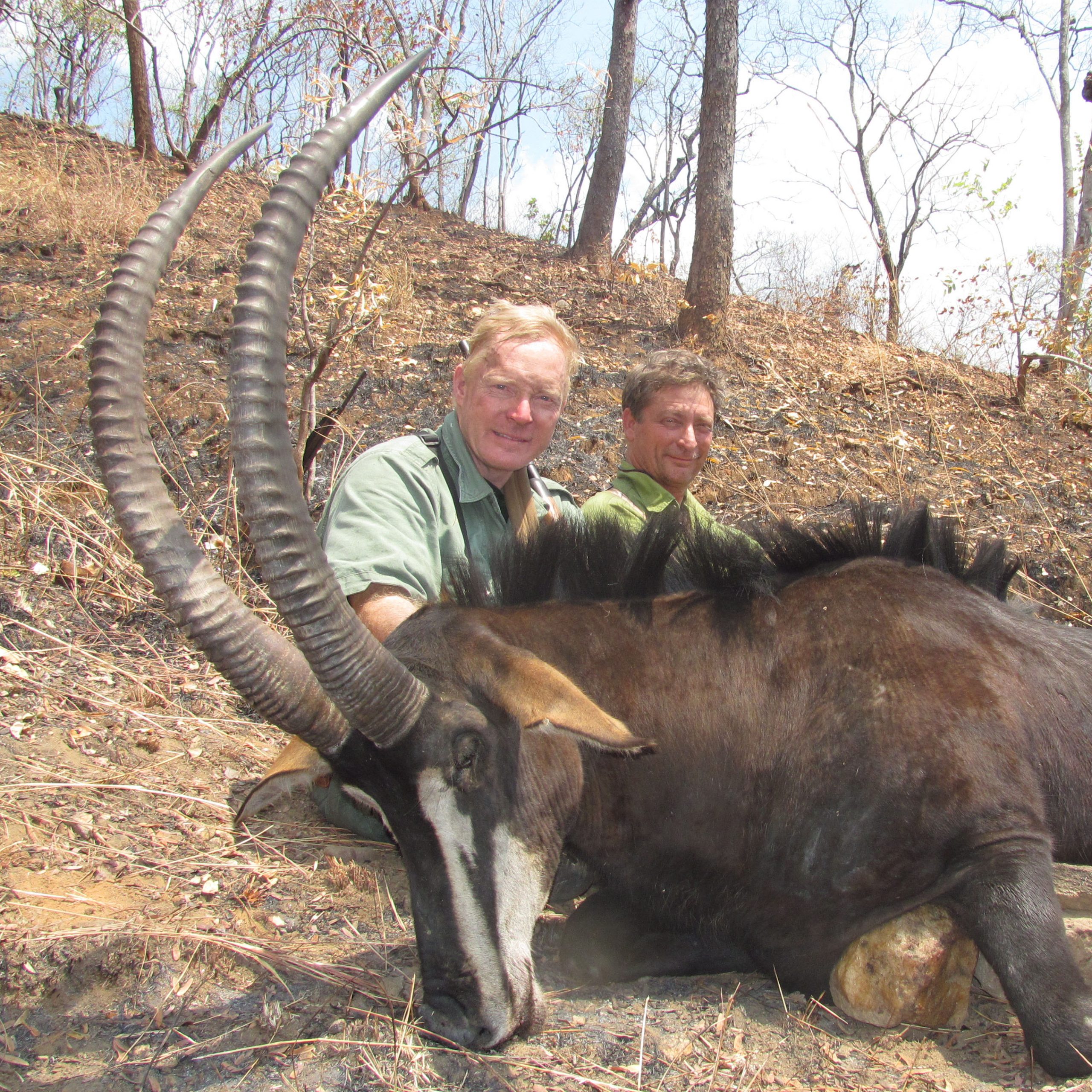
Waterbucks: The common waterbuck has the distinctive rump ring; the several regional Defassa waterbucks do not. Only males have horns, and although the races differ somewhat in body size, horns are indistinguishable: Long, heavily ringed, curving up, slightly back, and (preferably) slightly forward. The waterbuck is an attractive and important prize, and one or another race is found in all just about all African hunting countries.
Perhaps because of extreme length with little feature, I find waterbucks the most difficult of this entire group to “guesstimate.” Maybe not as difficult as a gemsbok, but close! Waterbucks become impressive long before they reach maximum horn growth. With almost any game animal, going away is a terrible angle: Everything looks bigger! Full frontal is better, but with waterbucks, almost equally misleading. It’s essential to study waterbucks from the side, because they are perhaps the best example that it’s “all in the curve.”
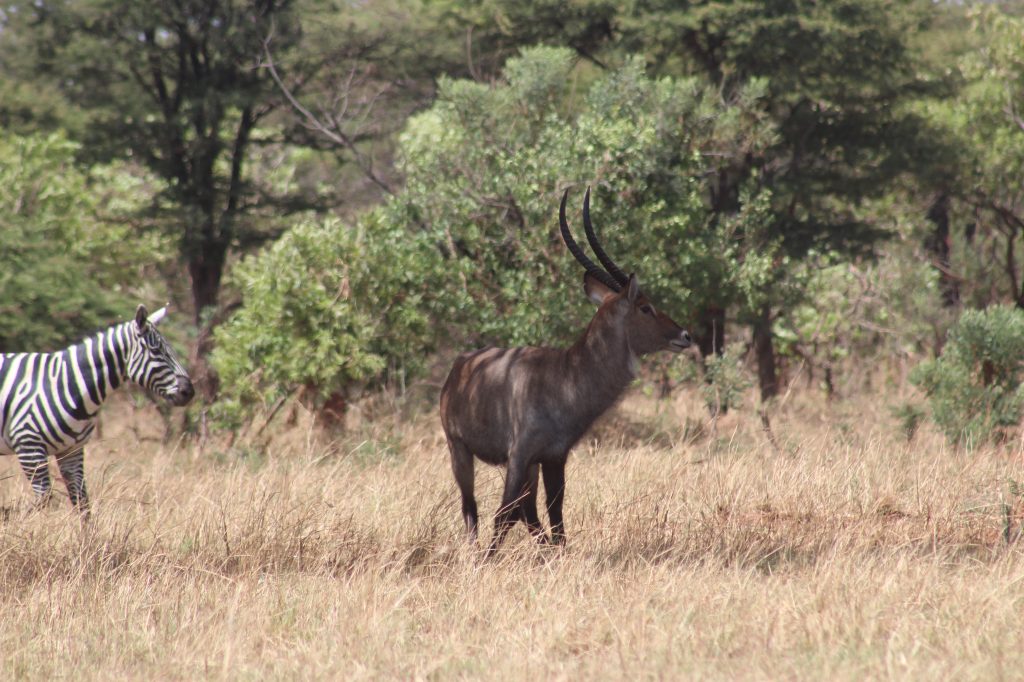
Only from the side can you really see how much the horns slant back, and then gently curve forward to sharp tips. A wide, straight-horned waterbuck can be very impressive and may appear longer, but in order to reach that magical figure of around thirty inches, you almost always need quite a bit of curve.
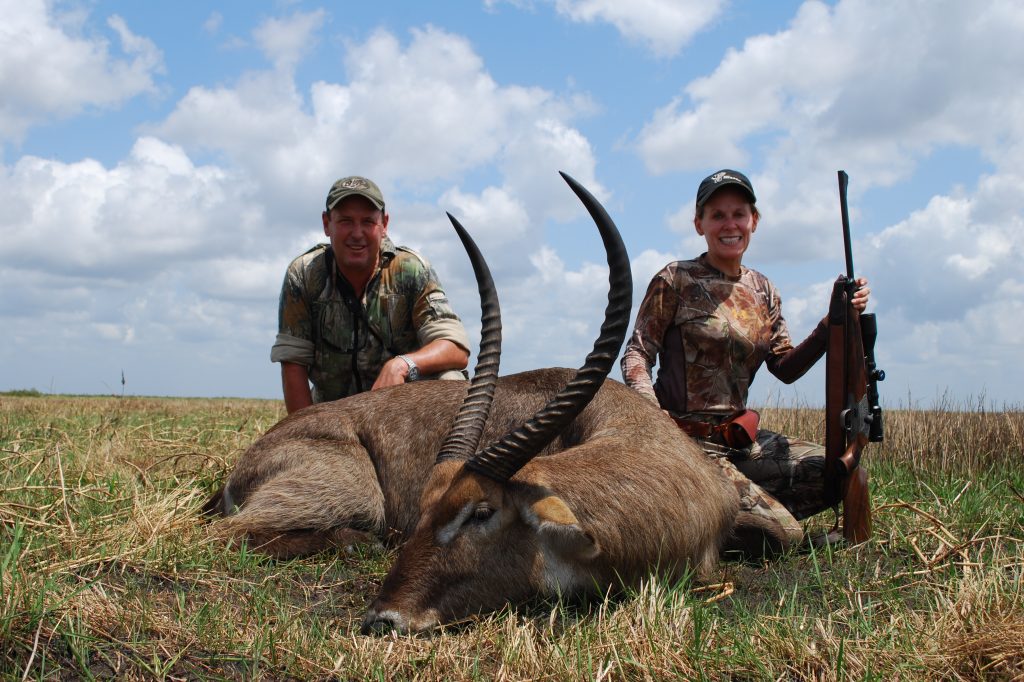
Making such judgments is your PH’s job. Even the very best won’t get it exactly right every time, but their ability to come close (and certainly determine mature from too young) is art they have studied, and it’s part of why you have hired them. It’s fun to study and learn alongside them but also wise to keep quiet: Final “shoot or don’t shoot” judgment is one of those times when you should listen to your PH.

